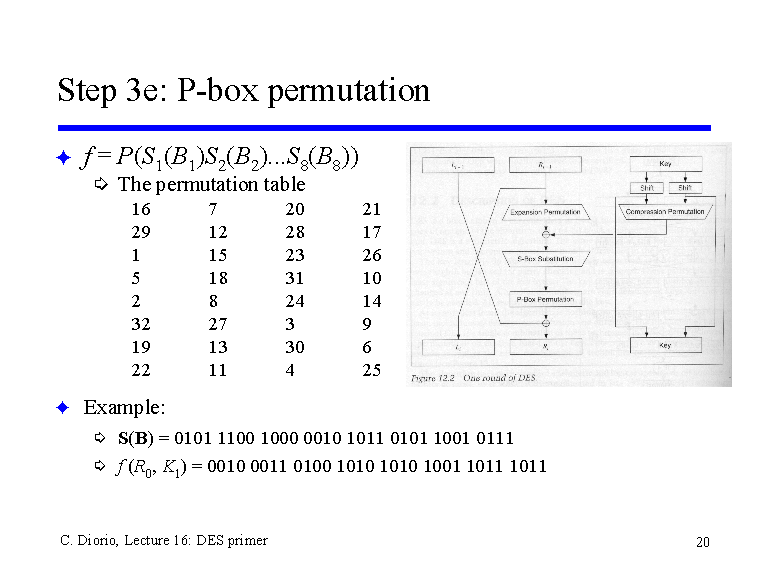

Additional information about other interesting 5-card arrangements may be found here.Therefore, 1/(number of experiments) is an estimate of the desired probability of observing a flush (see image below) - in this case 1/1,234. It will stop the first time you observe a flush.

Choose a stopping criterion of V=5 (this is flush).
Alternative Approximation: We can also use the Poker Experiment to estimate the probability of a flush (V=5). At the end, the sum of the values in this column ( =SUM(L2:L101)) will represent the frequency of occurrence of a flush in the sample (in this case one-hundred 5-card hands). Then use the following function IF(MIN(C2, E2, G2, I2, K2)-MAX(C2, E2, G2,I2, K2)=0,1,0), to construct a new column (L) that looks at the Z (suit) columns and assigns 1 (5 matching suits, flush) or 0 (no flush) for each 5-card hand. This can be done by copying from the SOCR Card Applet all the rows of the output table (CNT-C) and pasting these data in an Excel spreadsheet. Therefore the approximate probability of a flush (the event that in a randomly chosen 5-card hand, all cards are of the same suit) is 1/100 = 0.01. In one experiment of 100 runs, we observed one 5-card hand where all cards had the same suit. 
Thus, T is the number of rows, in the output table, that have all Z-columns having the same value (0, 1, 2, or 3). Note that the values of Z i are clubs (0), diamonds (1), hearts (2) and spades (3). Then Z/100 gives a simulation-based estimate of the probability of the complex event of interest (at least one pair). Let T be the number of 5-card hands that had all cards of the same suit (i.e., Z i = Z j, for all ). For example, we can run the experiment 100 times.
Approximation: And we can also use the Card Experiment to estimate this probability. See also this section on poker game odds calculations. The total number of 5-card poker hands is. Theoretical calculation: The exact probability of a flush (all 5 cards are from the same suit) is computed as follows: The number of flush hands is, which reflects the number of ways to select one of the 4 suits and the number of ways to select 5 from the 13 available card denominations. Suppose we are interested in the probability that all 5 cards in a randomly drawn hand are of the same suit ( flush). The SOCR Card Experiment allows us to see how the number of combinations may be used to estimate probabilities of various events (in terms of card hand outcomes). Hence we have combinations (with possible doughnut type repetitions). Thus, associated with each event is a binary string of 1’s (doughnut types to be chosen) and 0’s (9 transitions between the 10 doughnut categories). We use 0's to track the transitions between doughnut types. However, 1680 is not the correct answer, since we have 2 Ds and. So, the total number of permutations is 1680. Each combination will contain three 1’s, and nine 0's (between doughnut-group category divisions). The question is one of permutations and not combinations, since in this example, we are definitely interested in DAFF, ADFF, FFAD, FADF etc being different 'words' rather than duplicate versions of the same 'combination' of 4 letters. We set an order of the categories and count how many from each category are chosen. 
For a given collection of objects, second arrangement of 3 doughnuts containing one doughnut of Type 3, one of Type 4, and one of Type 5. Try a Java applet that calculates factorials. Examples of such problems are counting combinations or permutations of objects. If two sets, P and Q, are not equal, we say For example, what are. There are many useful counting principles to compute the number of ways that certain arrangements of objects can be formed. General Advance-Placement (AP) Statistics Curriculum - Counting Principles in Probability Theory Counting Principles in Probability Theory
1.4.1 Number of integer solutions to linear equations. 1.1 Counting Principles in Probability Theory. 1 General Advance-Placement (AP) Statistics Curriculum - Counting Principles in Probability Theory. Permutations differ from combinations, which are selections of some members of a set regardless of order. The word "permutation" also refers to the act or process of changing the linear order of an ordered set. In mathematics, a permutation of a set is, loosely speaking, an arrangement of its members into a sequence or linear order, or if the set is already ordered, a rearrangement of its elements. Each of the six rows is a different permutation of three distinct balls








 0 kommentar(er)
0 kommentar(er)
